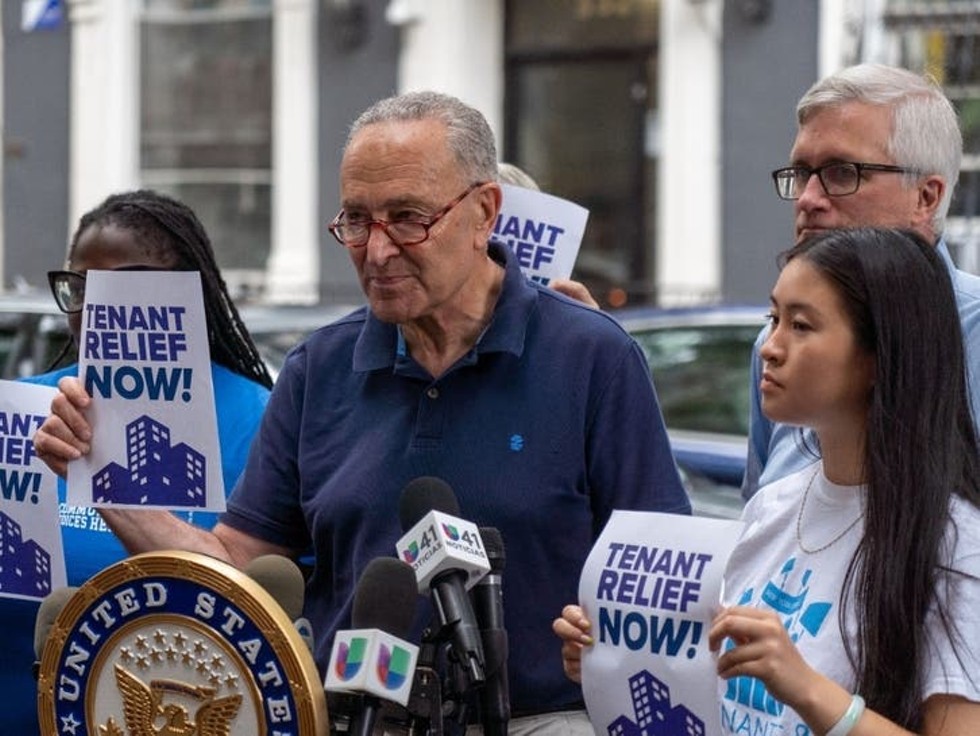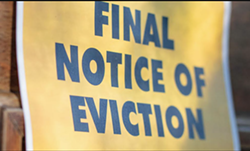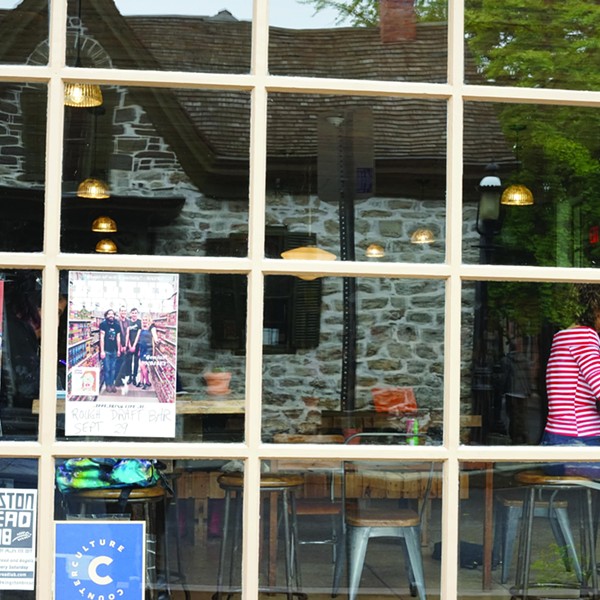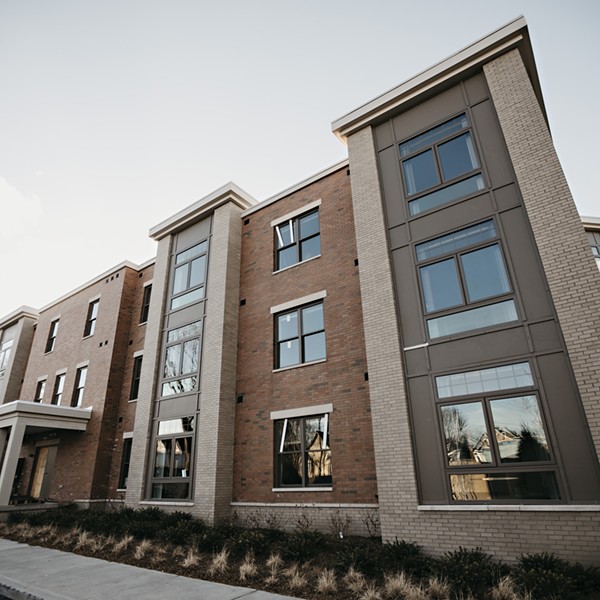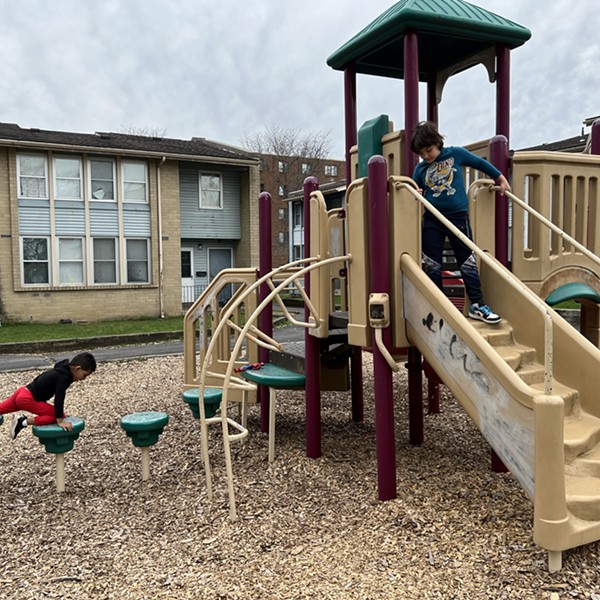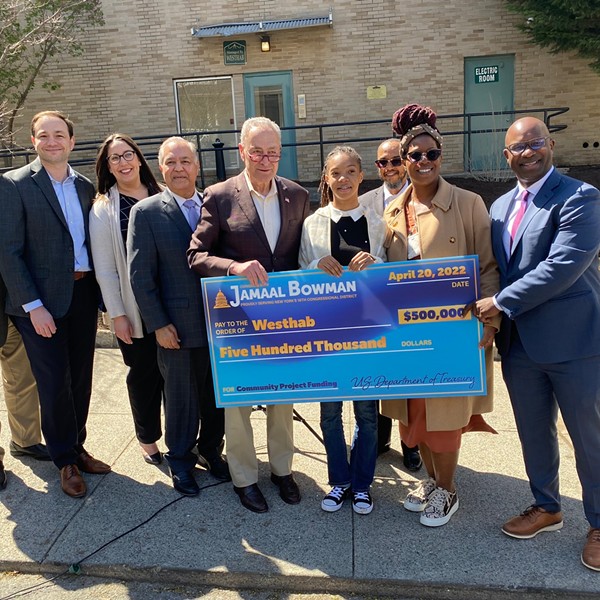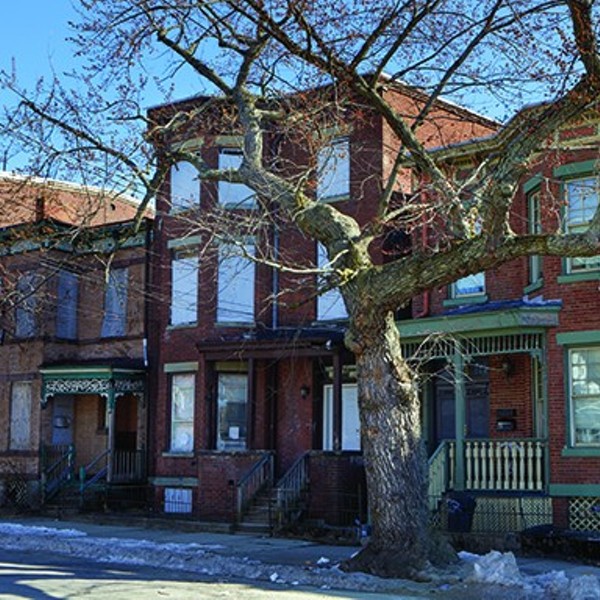Millions of Americans still face housing insecurity as a result of the COVID-19 pandemic. The problem is particularly acute in New York State, which has the highest share of renter households in the United States, at 46 percent. Nationwide, nearly 15 percent of Americans were behind on rent payments at the end of June, but households in New York State (22 percent) and the New York City metropolitan area (26 percent) had an even greater share of residents in arrears, according to a report from the Office of the New York State Comptroller (OSC).
Help exists, at least theoretically. Under federal COVID rental relief programs, New York State was given a total of $2.7 billion. But New York was the only state that, through this June, had not distributed any funds through the Emergency Rental Assistance Program, a federal program set up last year to help renters during the pandemic. Since then, it has been playing catch up to allocate and disperse funds to tenants in need.
Last year, according to the OSC, New York State provided $100 million in federal aid through the state Division of Housing and Community Renewal under its COVID Rent Relief Program, which was funded by the Coronavirus Relief Fund as part of the CARES Act. It awarded about half of the funding in subsidies to households that applied, largely because of strict eligibility guidelines that required renters to prove they had been low-income and rent-burdened before March 1, 2020. The other half of the funds were left untouched, much to the frustration of tenants at risk, community activists, and landlords.
What Went Wrong?
The Emergency Rental Assistance Program was supposed to pick up the slack this year, but obstacles have been plentiful, including language barriers, a lack of information about the program, eligibility concerns, a lack of broadband access, and gaps in financial literacy. The program excludes households that use Section 8 vouchers or live in public housing, which make up a large portion of households with incomes below the earning threshold, which was 80 percent of area median income until September 15.
“The application was only available online, a barrier to many tenants particularly in rural and low-income areas that lack good internet service,” says Omar Herrera, communications manager for Community Voices Heard, a member-led, multiracial justice organization. “Tenants are asked to provide multiple forms of documentation, including up-to-date leases and rent receipts, something far too few landlords are providing to tenants.”
Some people were also embarrassed to seek help because of the amount owed. “This is really heartbreaking, because they are in this situation through no fault of their own,” says Michael Gattine-Suarez, managing director of the Hudson/Catskill Housing Coalition, a Black-led initiative that works with tenants on housing justice issues. “But society makes asking for help seem like an act of desperation.”
Gattine-Suarez says that a lack of reliable broadband access was compounded by an online application system that did not always work for those seeking assistance. “There were reports of the website crashing while people were in the middle of filling out their applications, and that applications people saved to be worked on later were inaccessible. There were a lot of horror stories, and the delay in payout has made some people skeptical of the whole situation.”
New York was also slow to start accepting applications in the first place. According to Brendan Cheney, director of policy and communications for the New York Housing Conference, a nonprofit affordable housing policy and advocacy organization, that was in part because there was little coordination from the Cuomo administration with outside groups around implementation. “Applications were only starting to be accepted as of June 1, while some of the funding was available in December,” Cheney says. “It was hard for advocates to use the system on behalf of a client.”
As for why more funds haven’t been distributed, Herrera also points the finger at former governor Andrew Cuomo. “We fought hard for an application and process that was easy to access and would be quick to distribute funds,” he says.
Unfortunately, the way Herrera sees it, the governor was more interested in awarding the $115 million contract for overseeing ERAP to an associate than creating a program that would get relief to tenants and landlords as quickly as possible. According to published reports, the contract granted to outside firm Guidehouse to administer the program has attracted scrutiny from lawmakers and good government groups, who have also questioned the hiring of a top Cuomo advisor for a high-level position at the company. Governor Kathy Hochul has promised to speed up the dispersal of funds.
How Much Money Has Made to Those Who Need It Most?
If you want to get a debate going, try asking officials how much money has been distributed. Talk to three people and you likely will get three different numbers. It’s confusing in part because of a gap between direct payments and obligations.
Anthony Farmer, director of public information of the Office of Temporary and Disability Assistance, says more than $1.2 billion in funding has either been obligated or distributed. “New York is now ranked first nationally in payments made or obligation and is among the leaders in direct payments, according to the National Low Income Housing Coalition, which tracks the state-by-state implementation of ERAP,” he says. “As anticipated, payments are increasing in size and number as more applications are processed, approved and payments are distributed.”
According to a September 14 announcement from the Governor’s Office, ERAP has distributed $399 million in direct payments to more than 23,000 landlords as of that date. Last month, the Office of Temporary and Disability Assistance provided figures on disbursements through August 9. As of that date, the state had made $98.6 million in payments to 7,072 households.
Another 71,000 tenants have also been provisionally approved, and funding for these applications (more than $924 million) has been set aside in anticipation of the landlord completing their side of the application. In many of these instances, says Farmer, there are minor discrepancies between the tenant side and landlord side of an application that must be reconciled before a payment can be issued. “It’s important to understand that under federal law, both the tenant and landlord must participate in the application process,” he says. “So until both parties have done so, we cannot issue the payment.”
According to the September 14 release from the Governor’s Office, as of September 15 households whose income falls between 80 percent and 120 percent of the area median income can begin applying for $125 million in state funding through ERAP. Previously, the program was limited to households whose income was at or below 80 percent of the area median income.
Moving Forward
So after a slow start, where does the Emergency Rental Assistance Program stand now? The recent extension of the eviction moratorium until January 15, 2022, is welcome news to tenants.
But that’s not enough, says Herrera. “We’re hopeful that more funding and support for community organizations doing the work of informing tenants about the program and helping them apply will also increase.”
At the end of July, New York State announced that it was streamlining the program, including reducing documentation for applications and bringing in some 350 volunteer reviewers from other state agencies. In early August, the Office of Temporary and Disability Assistance added a new checklist for renters and landlords and translations into seven additional languages from English to its website.
These enhancements should help, and advocates have a couple of tips to help tenants navigate the process. First, there is no deadline for applying to the Emergency Rental Assistance Program; it will be open until the money runs out or all rental debt is covered, but tenants should apply as soon as possible to get the protection they need. ERAP funds cover up to 12 months of rental arrears payments for rents accrued on or after March 13, 2020, but households that are expected to spend 30 percent or more of their gross monthly income on rent can apply for up to three months of additional assistance. Finally, all renters who have submitted a completed application are protected from eviction while it is under review, and those with approved applications are protected from eviction for a full year.
Herrera says that “landlords should understand their role in the process as well. In order to be reimbursed, landlords need to work with their tenants and the state in completing the application and processing the payment.”
Advocates also want longer-term solutions to a housing crisis in the Hudson Valley that existed before the pandemic. “Temporary rental assistance is not a solution to a long-term problem, one that the COVID pandemic only exacerbated,” says Brahvan Ranga, a spokesperson for For the Many, a grassroots organization formerly known as Nobody Leaves Mid-Hudson that focuses on housing and justice. “Rents are rising everyone, particularly in the Hudson Valley.”
Residents are being priced out—or outright evicted—to make way for wealthier tenants, luxury apartments, or conversion into short-term vacation rentals. This has led to an incredibly low vacancy rate, which further empowers landlords and developers in their relationships with tenants, Ranga says.
The real remedy? “Landmark reform on the statewide level that protects tenants from arbitrary evictions, and regulation on rental prices and speculation from developers,” he says. Good cause eviction laws at the municipal level could be a start. “But a massive investment in affordable housing and inclusive development is also needed, both on the state and local level.”
Where Renters Can Go for Information and Help
Here is an FAQ on the Emergency Rental Assistance Program from the Office of Temporary and Disability Assistance: https://otda.ny.gov/programs/emergency-rental-assistance/faq.asp
Maureen Fox, chief development officer for Legal Services of the Hudson Valley, encourages tenants who are behind in their rent to apply for ERAP assistance. Legal Services of the Hudson Valley’s intake line is 1-877-574-8529.
More information on eligibility for the program and how to apply can be found at otda.ny.gov/erap
If you live in Greene County, contact Community Action.
If you live in Columbia County, contact Columbia Opportunities.
If you live in Orange County, contact the Orange County Housing Resource Center at (845) 561-1665
If you live in Ulster County, contact the Ulster County Coalition for Housing Justice.
If you live in Dutchess County, contact Hudson River Housing.
If you live in Putnam County, contact Putnam Community Action Partnership.
In Sullivan County, contact the Rural Sullivan Housing Corporation.
In Delaware County, contact Delaware Opportunities.
Tenants can get in touch with Community Voices Heard by clicking here or going to www.cvhaction.org.
*This story has been updated to include new data and information about ERAP released shortly after publication, and to correct two factual errors about the application process and how many months of rent arrears the funds cover.







